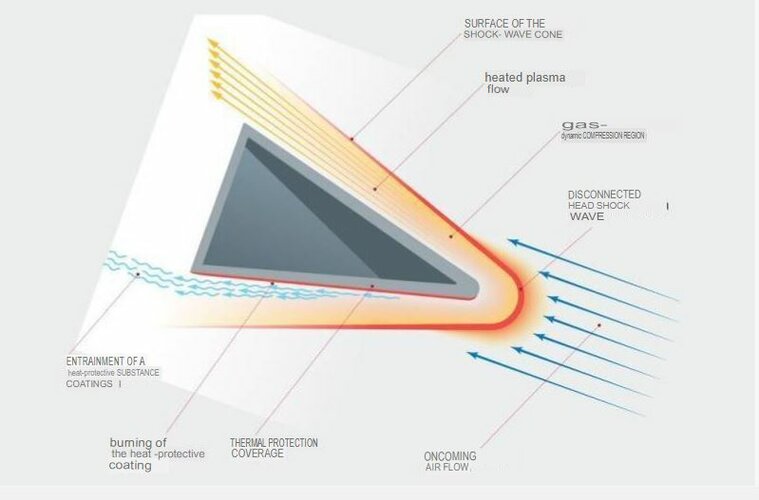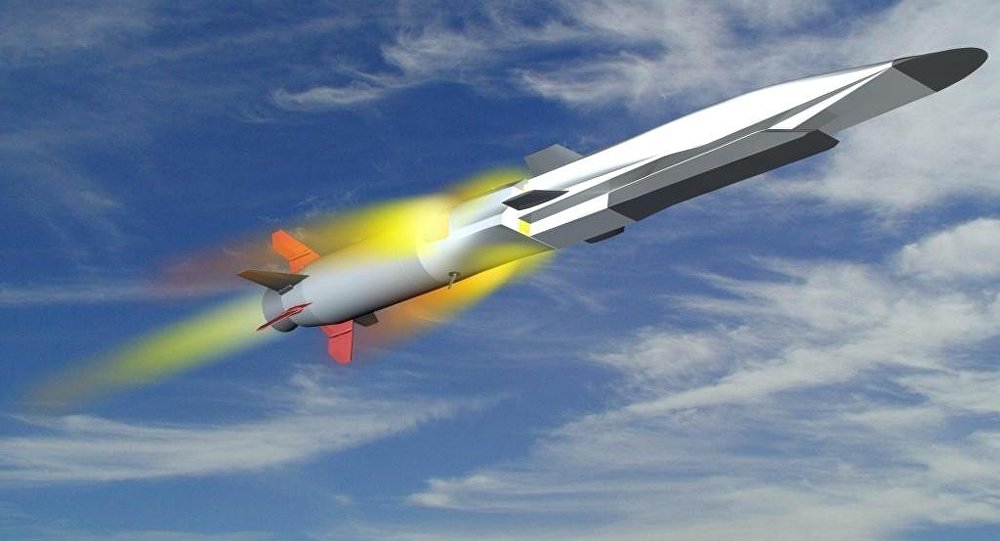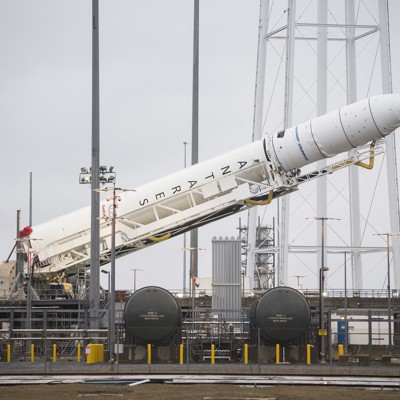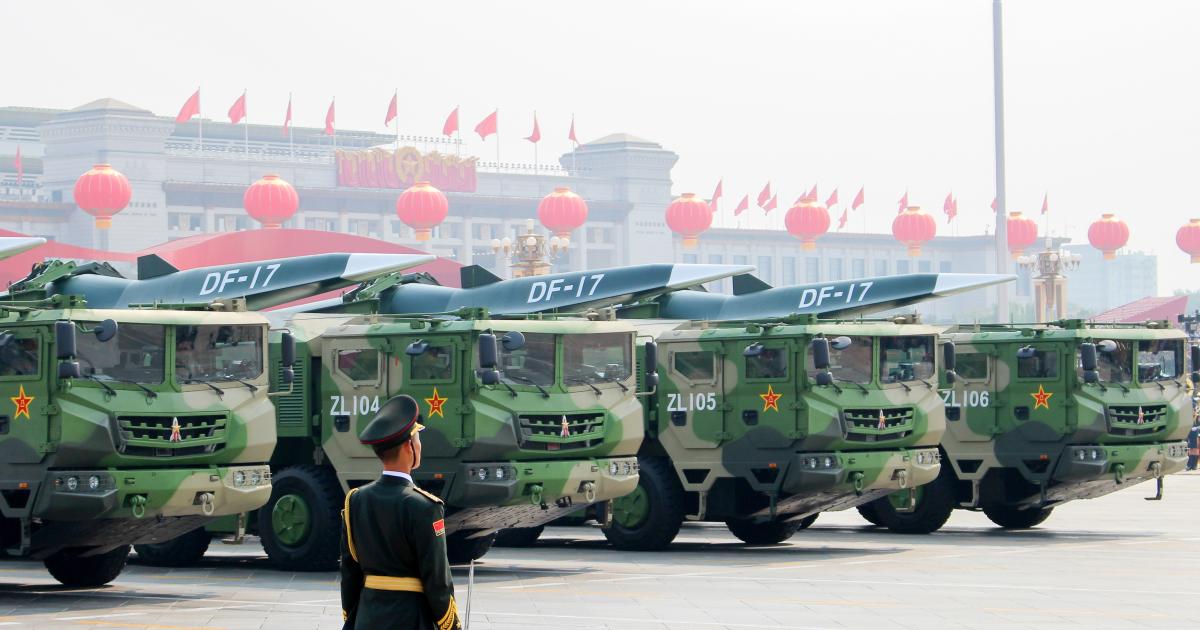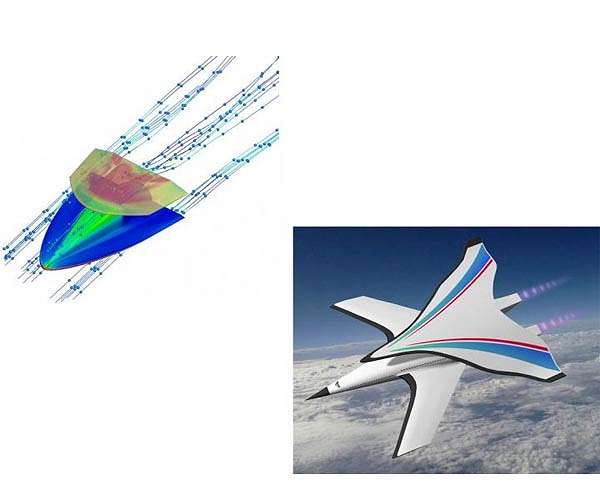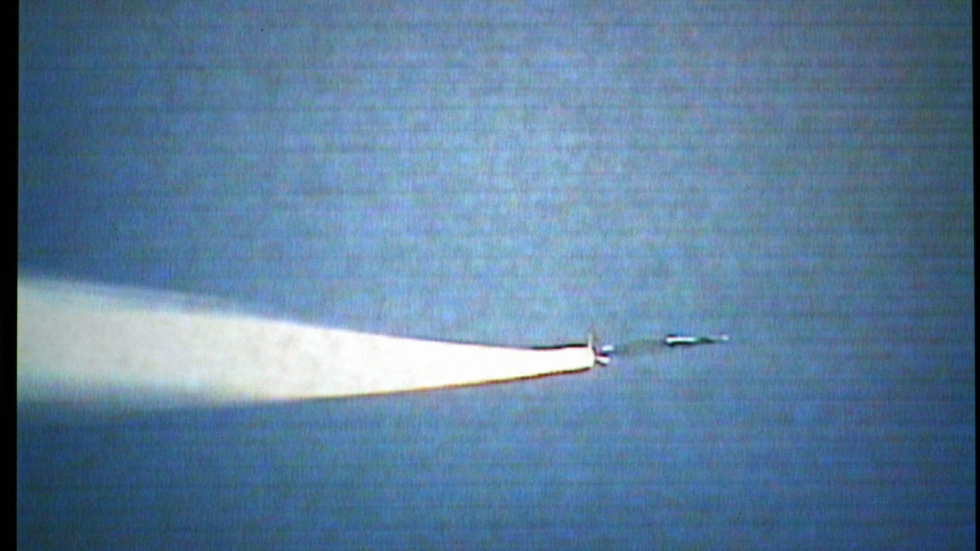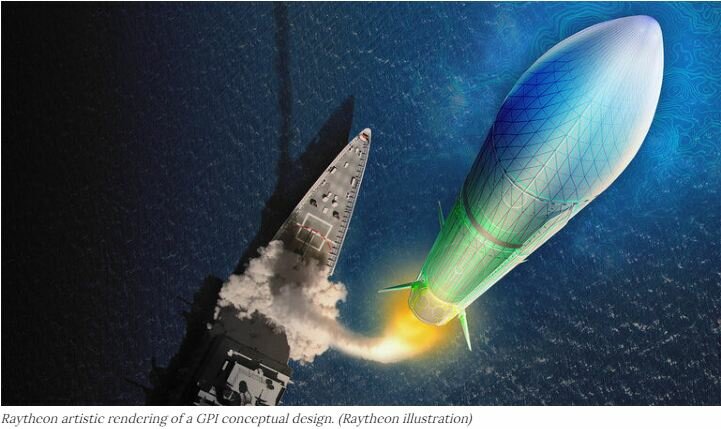Missile Defense Agency Awards Contracts for Glide Phase Interceptor Design
21-NEWS-0016
November 19, 2021
The Missile Defense Agency (MDA) has awarded Other Transactional (OT) Agreements to Lockheed Martin, Northrop Grumman, and Raytheon Missiles and Defense to complete an accelerated concept design of the Glide Phase Interceptor (GPI) for MDA’s regional hypersonic missile defense program.
Any prototypes designed will fit into the current Aegis Ballistic Missile Defense system.
Interceptors will be fired from Navy Aegis Ballistic Missile Defense destroyers using the standard Vertical Launch System (VLS) and will also integrate with the modified Baseline 9 Aegis Weapon System to detect, track, control, and engage hypersonic threats in the glide phase of the missile’s flight.
“We are pleased to have these contractors working with us to develop design concepts for the GPI,” said Rear Adm. Tom Druggan, MDA’s Sea-based Weapon Systems program executive. “Multiple awards allow us to execute a risk reduction phase to explore industry concepts and maximize the benefits of a competitive environment to demonstrate the most effective and reliable Glide Phase Interceptor for regional hypersonic defense, as soon as possible.”
The GPI concept fits into the MDA’s missile defense architecture to provide the warfighter and its allies with reliable layered defense against regional hypersonic missile threats from rogue-nations.



